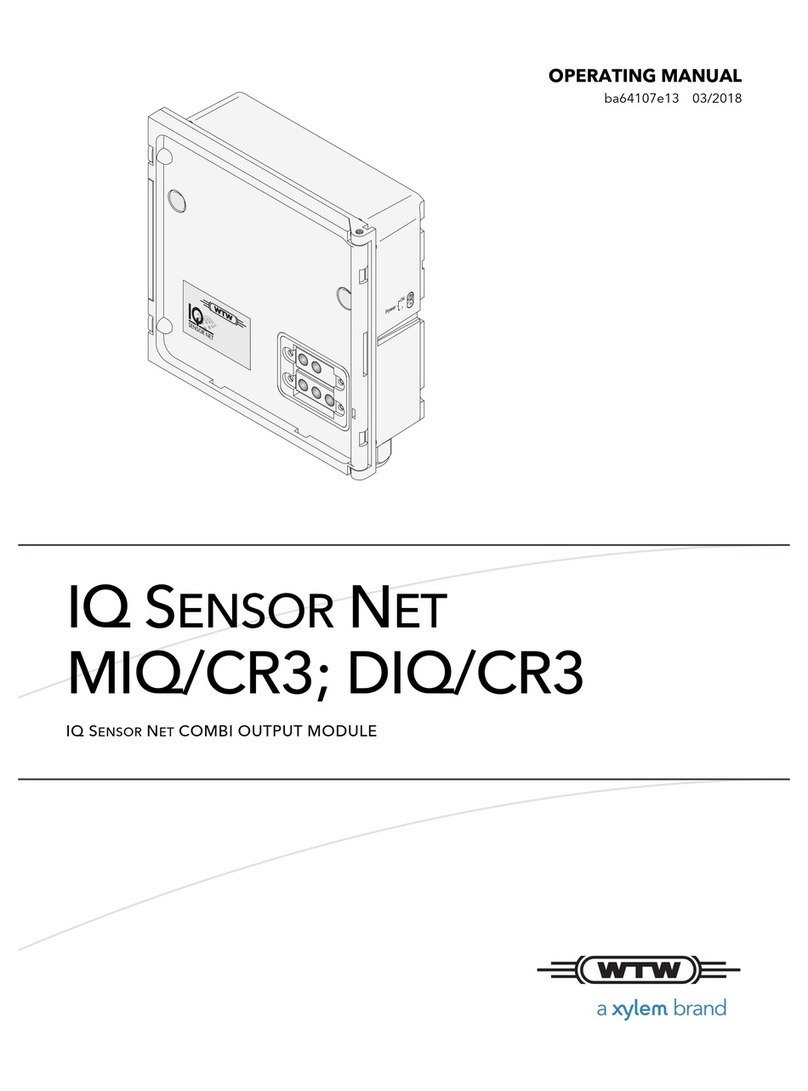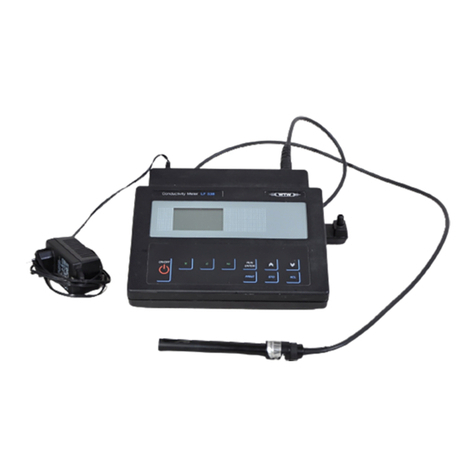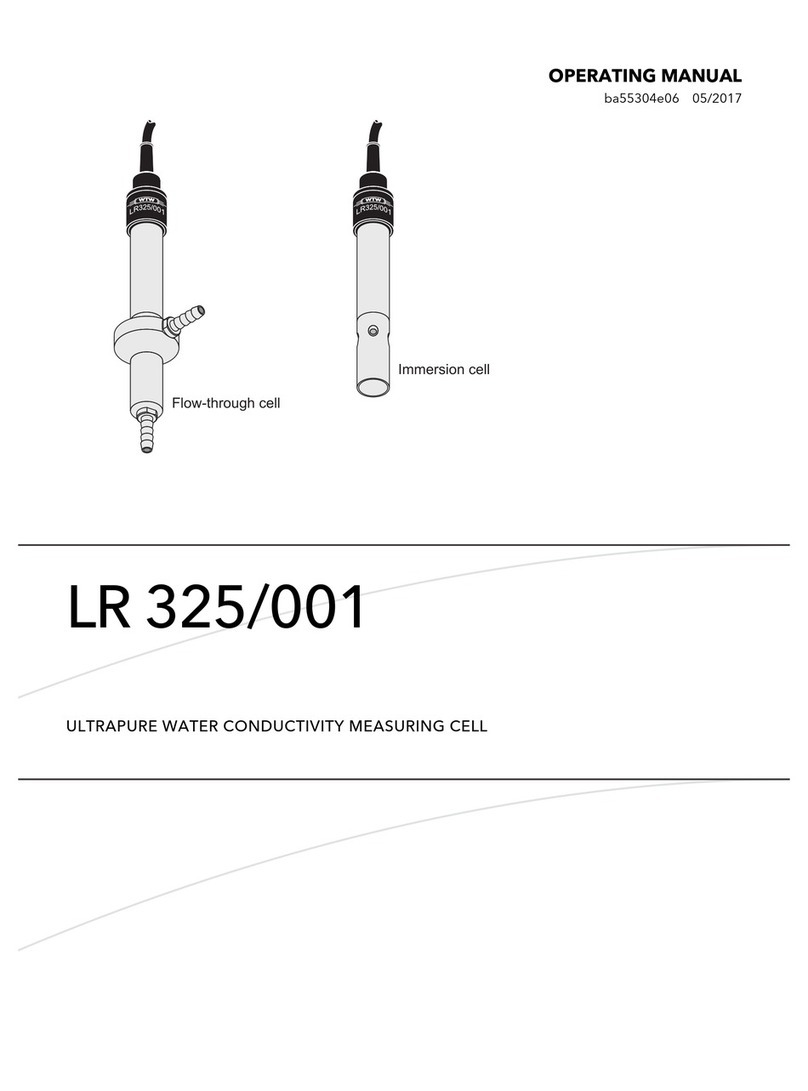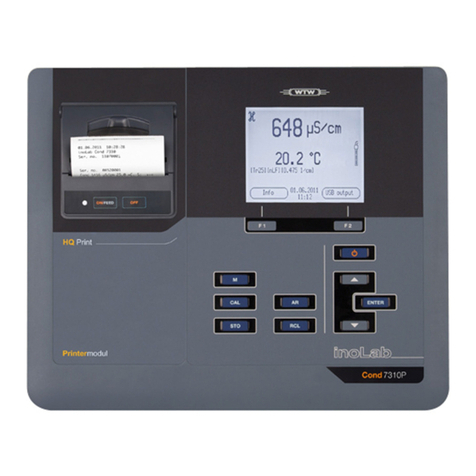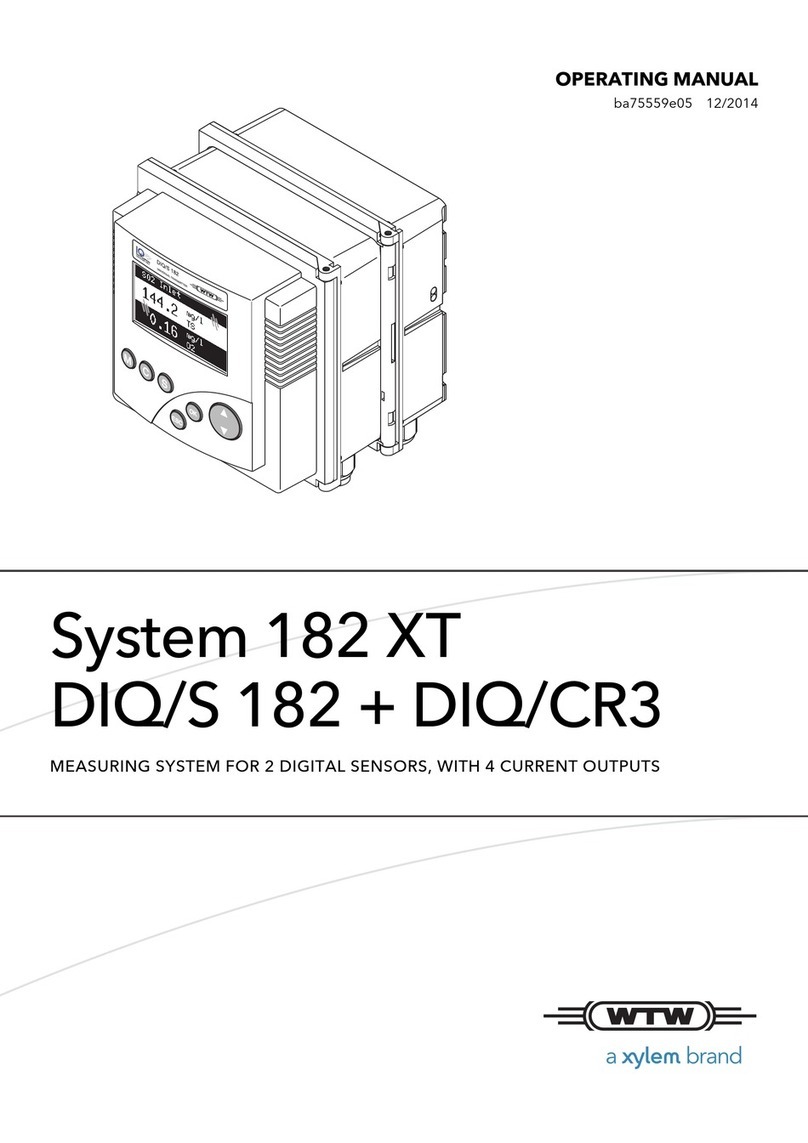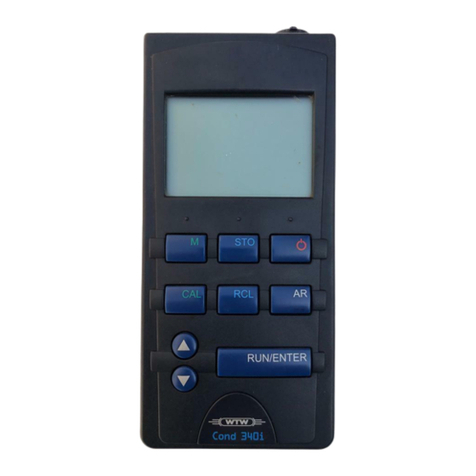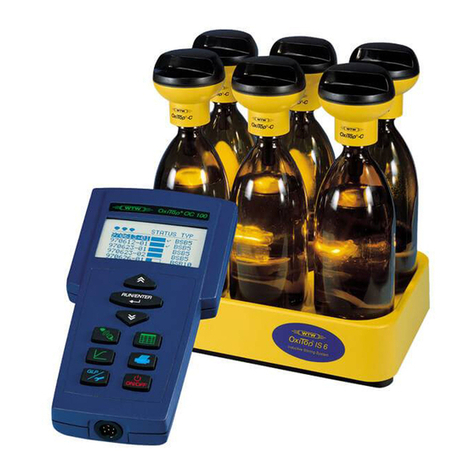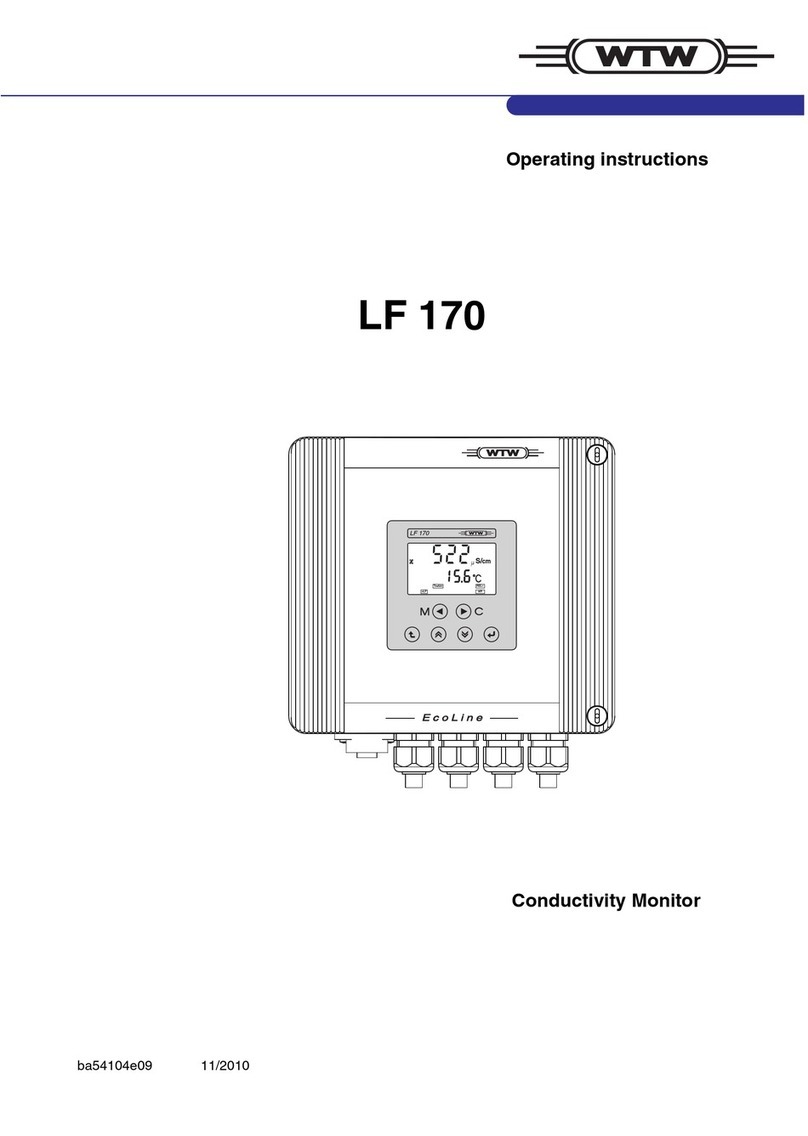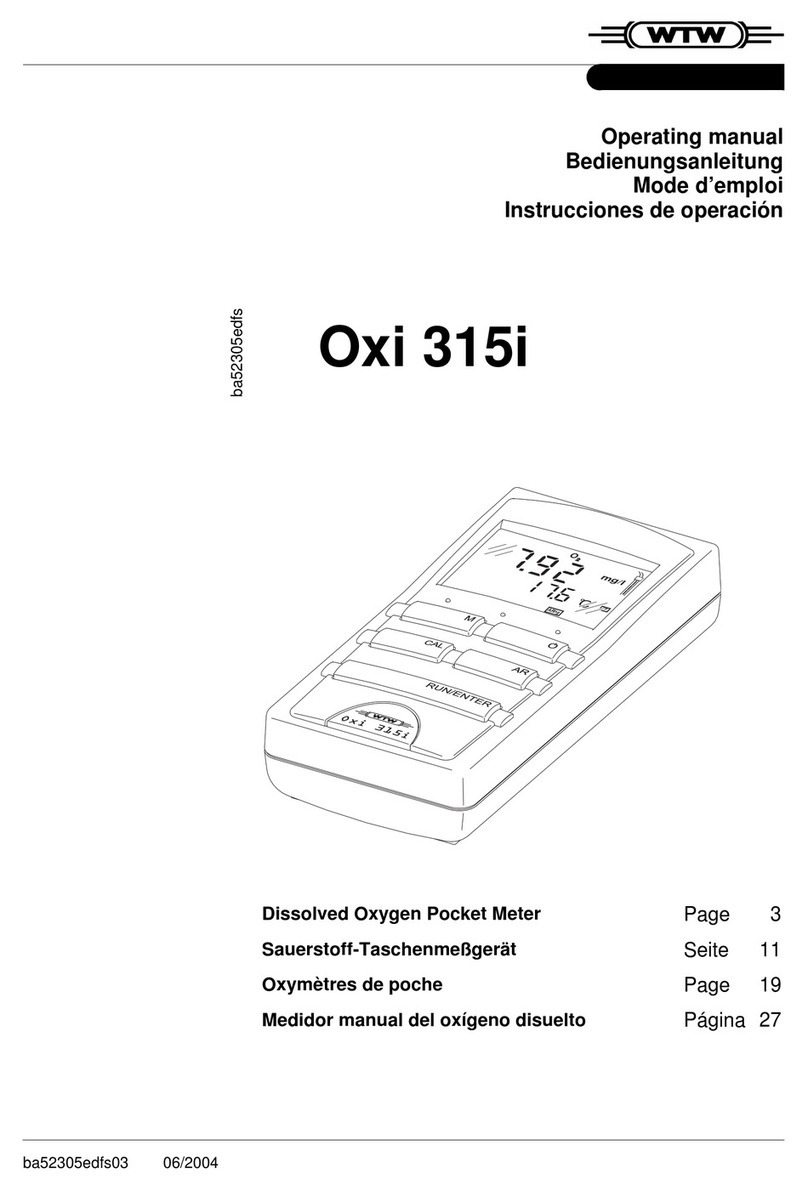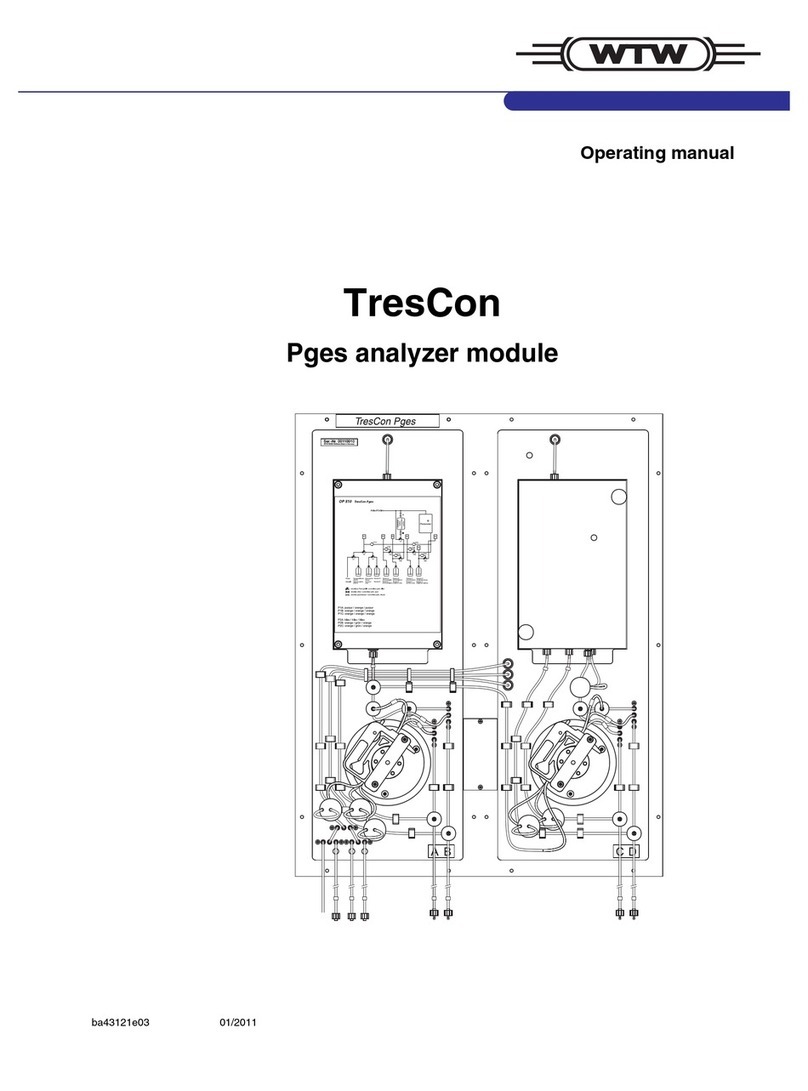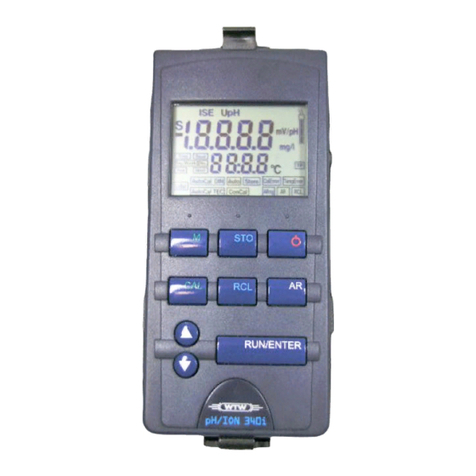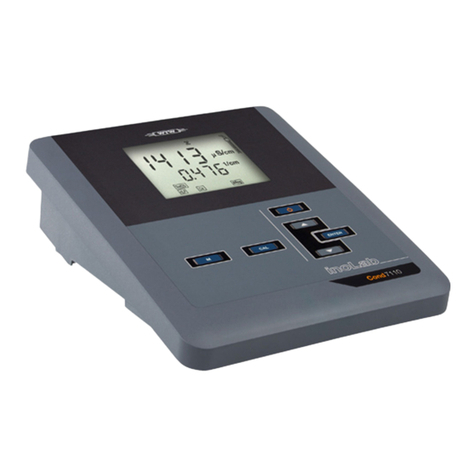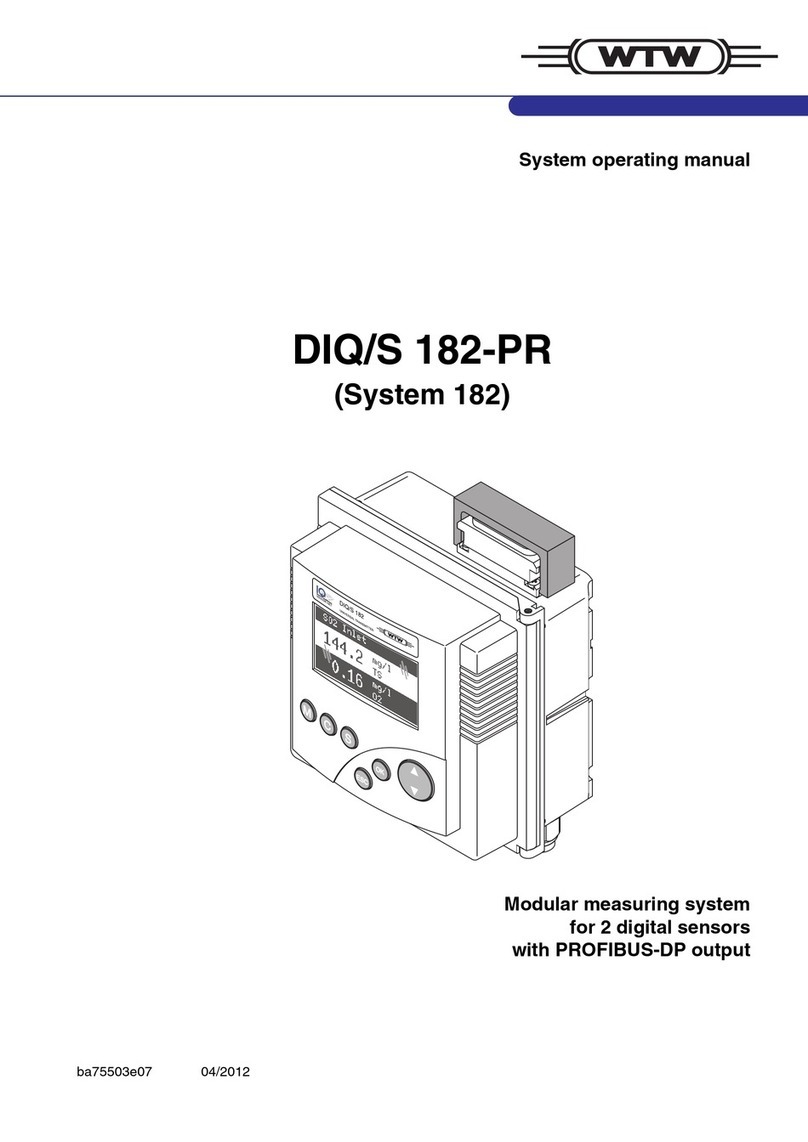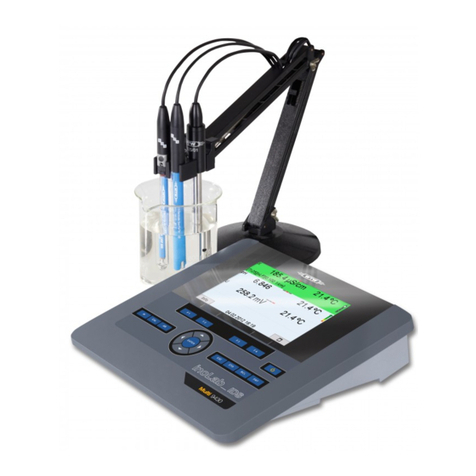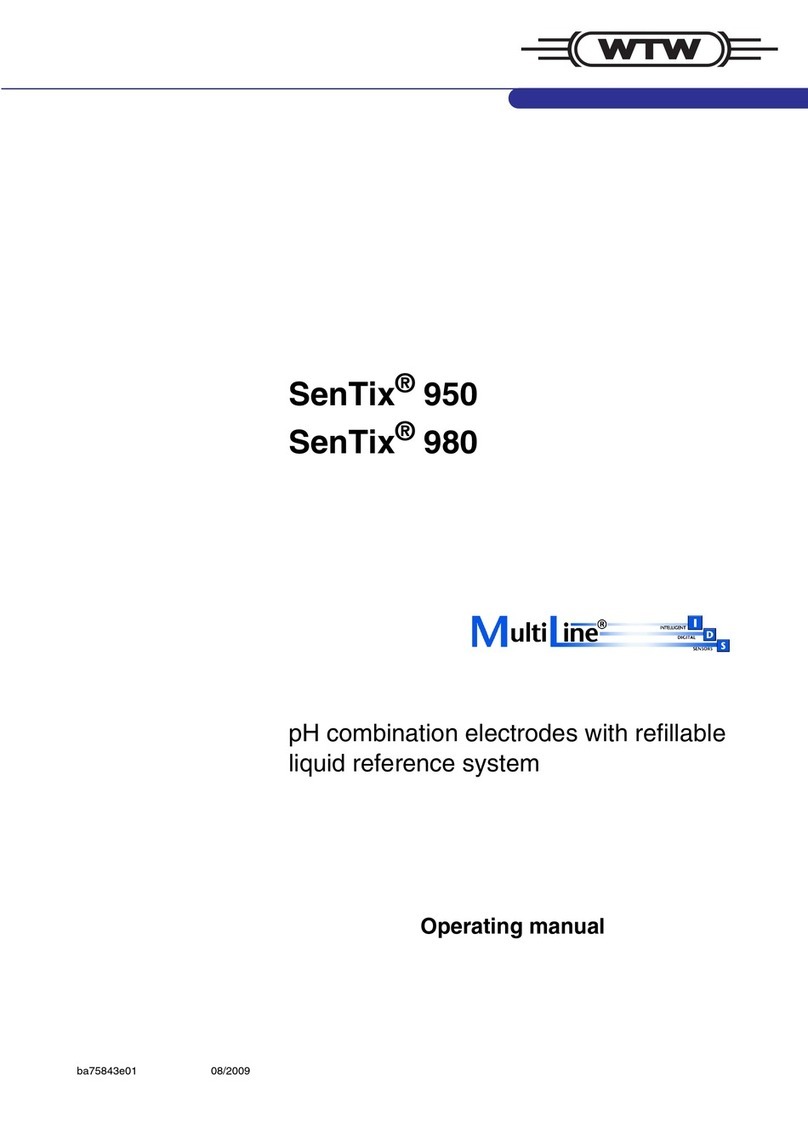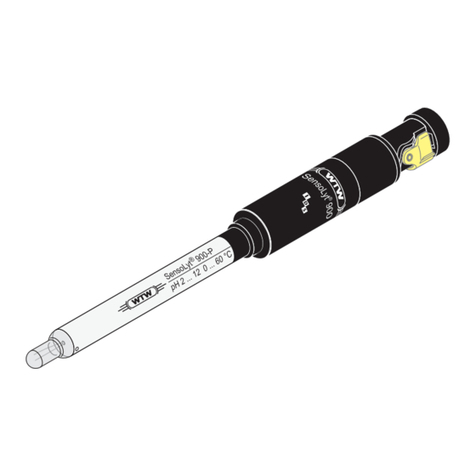Multi 340i List of contents
3
1 Overview . . . . . . . . . . . . . . . . . . . . . . . . . . . . . . . . . . . . . 5
1.1 General features . . . . . . . . . . . . . . . . . . . . . . . . . . . . . . . 5
1.2 SETs of equipment . . . . . . . . . . . . . . . . . . . . . . . . . . . . . . 6
1.3 Keypad . . . . . . . . . . . . . . . . . . . . . . . . . . . . . . . . . . . . . . . 8
1.4 Display . . . . . . . . . . . . . . . . . . . . . . . . . . . . . . . . . . . . . . . 9
1.5 Jack field . . . . . . . . . . . . . . . . . . . . . . . . . . . . . . . . . . . . . 9
1.6 Operating structure . . . . . . . . . . . . . . . . . . . . . . . . . . . . 10
2 Safety . . . . . . . . . . . . . . . . . . . . . . . . . . . . . . . . . . . . . . . 11
2.1 Authorized use . . . . . . . . . . . . . . . . . . . . . . . . . . . . . . . . 11
2.2 General safety instructions . . . . . . . . . . . . . . . . . . . . . . . 12
3 Commissioning . . . . . . . . . . . . . . . . . . . . . . . . . . . . . . . 13
3.1 Scope of delivery . . . . . . . . . . . . . . . . . . . . . . . . . . . . . . 13
3.2 Initial commissioning . . . . . . . . . . . . . . . . . . . . . . . . . . . 13
4 Operation . . . . . . . . . . . . . . . . . . . . . . . . . . . . . . . . . . . . 15
4.1 Switching on the measuring instrument . . . . . . . . . . . . . 15
4.2 pH value / ORP voltage . . . . . . . . . . . . . . . . . . . . . . . . . 16
4.2.1 General information . . . . . . . . . . . . . . . . . . . . . . 16
4.2.2 Measuring the pH value . . . . . . . . . . . . . . . . . . 18
4.2.3 Measuring the ORP voltage . . . . . . . . . . . . . . . 19
4.2.4 pH calibration . . . . . . . . . . . . . . . . . . . . . . . . . . 20
4.3 Dissolved oxygen . . . . . . . . . . . . . . . . . . . . . . . . . . . . . . 26
4.3.1 General information . . . . . . . . . . . . . . . . . . . . . . 26
4.3.2 Measuring the D. O. concentration . . . . . . . . . . 27
4.3.3 Measuring the D. O. saturation . . . . . . . . . . . . . 28
4.3.4 AutoRead AR (Drift control) . . . . . . . . . . . . . . . 29
4.3.5 D. O. calibration . . . . . . . . . . . . . . . . . . . . . . . . 30
4.3.6 Salt content correction . . . . . . . . . . . . . . . . . . . 33
4.4 Conductivity . . . . . . . . . . . . . . . . . . . . . . . . . . . . . . . . . . 34
4.4.1 General information . . . . . . . . . . . . . . . . . . . . . . 34
4.4.2 Measuring the conductivity . . . . . . . . . . . . . . . . 36
4.4.3 Measuring the salinity . . . . . . . . . . . . . . . . . . . . 36
4.4.4 AutoRead AR (Drift control) . . . . . . . . . . . . . . . 37
4.4.5 Determining the cell constant (Calibration in the
control standard) . . . . . . . . . . . . . . . . . . . . . . . . 38
4.5 Calibration intervals (Int 3, Int 4, Int 5) . . . . . . . . . . . . . . 41
4.6 Saving data . . . . . . . . . . . . . . . . . . . . . . . . . . . . . . . . . . 42
4.6.1 Saving manually . . . . . . . . . . . . . . . . . . . . . . . . 42
4.6.2 Switching on AutoStore (Int 1) . . . . . . . . . . . . . 44
4.6.3 Outputting the data storage . . . . . . . . . . . . . . . . 46
4.6.4 Clearing the memory . . . . . . . . . . . . . . . . . . . . . 52
4.7 Transmitting data . . . . . . . . . . . . . . . . . . . . . . . . . . . . . . 53
4.7.1 Data transmission interval (Int 2) . . . . . . . . . . . 53












